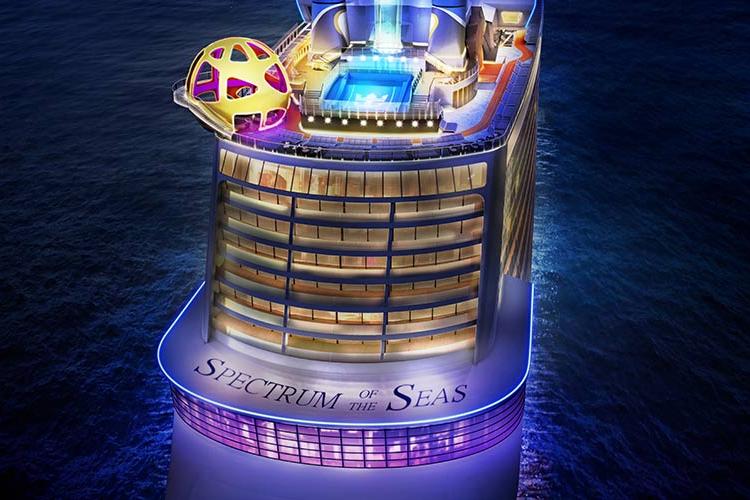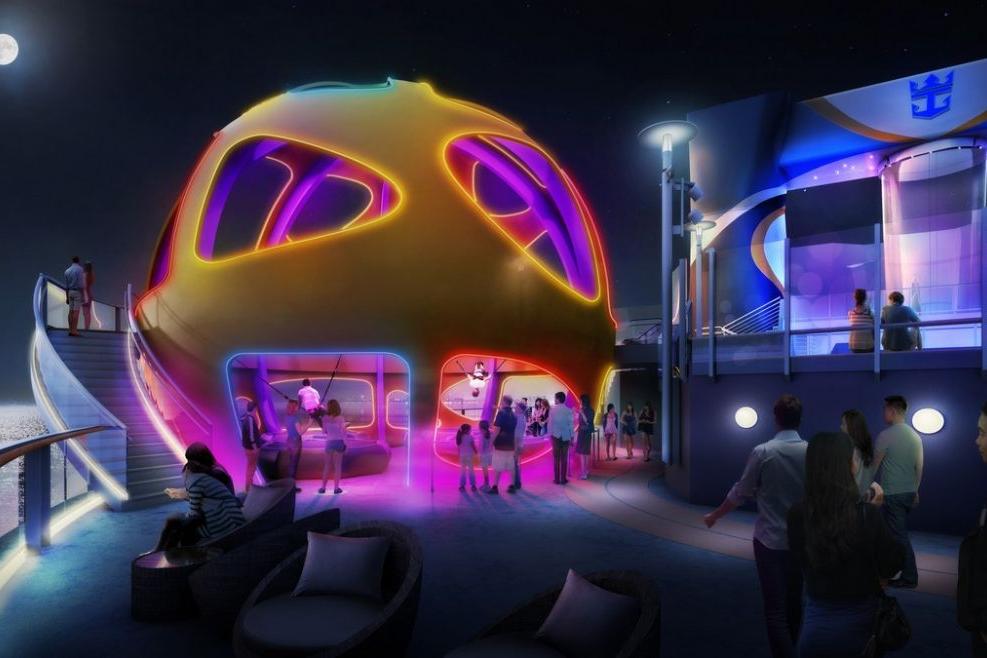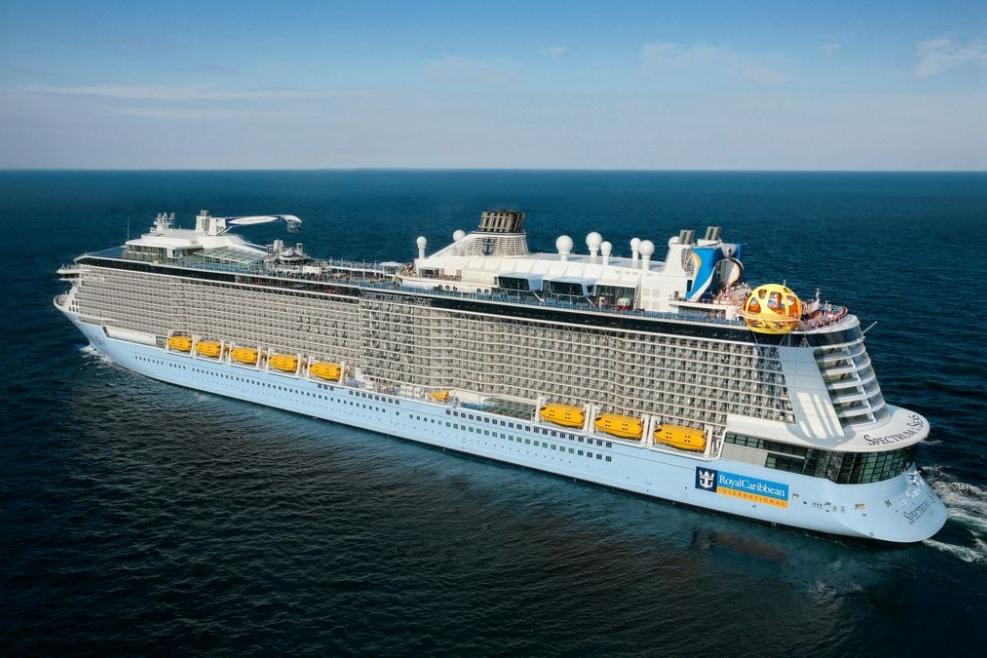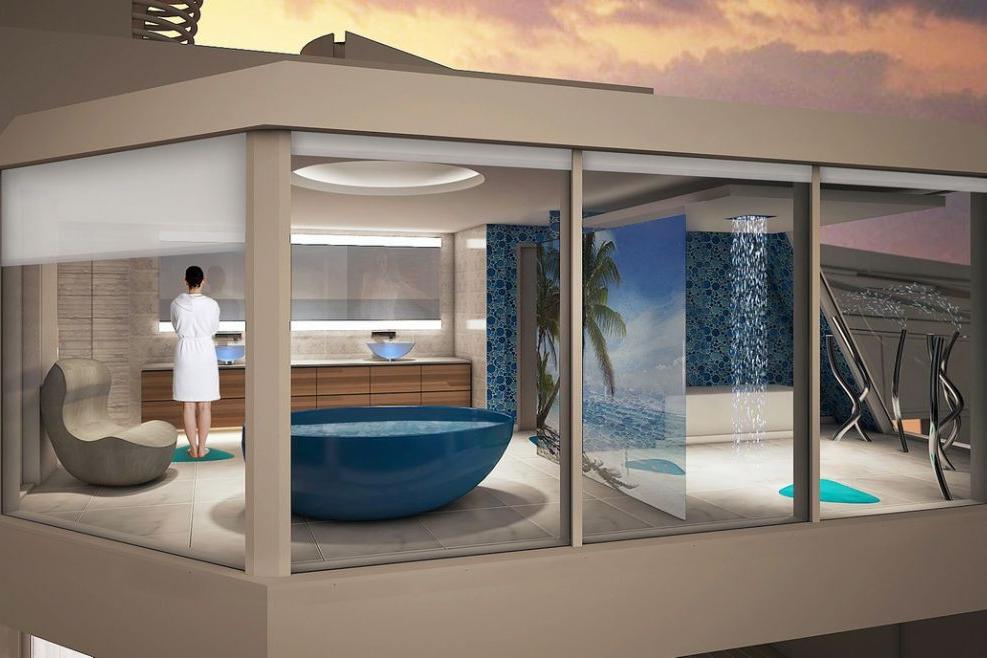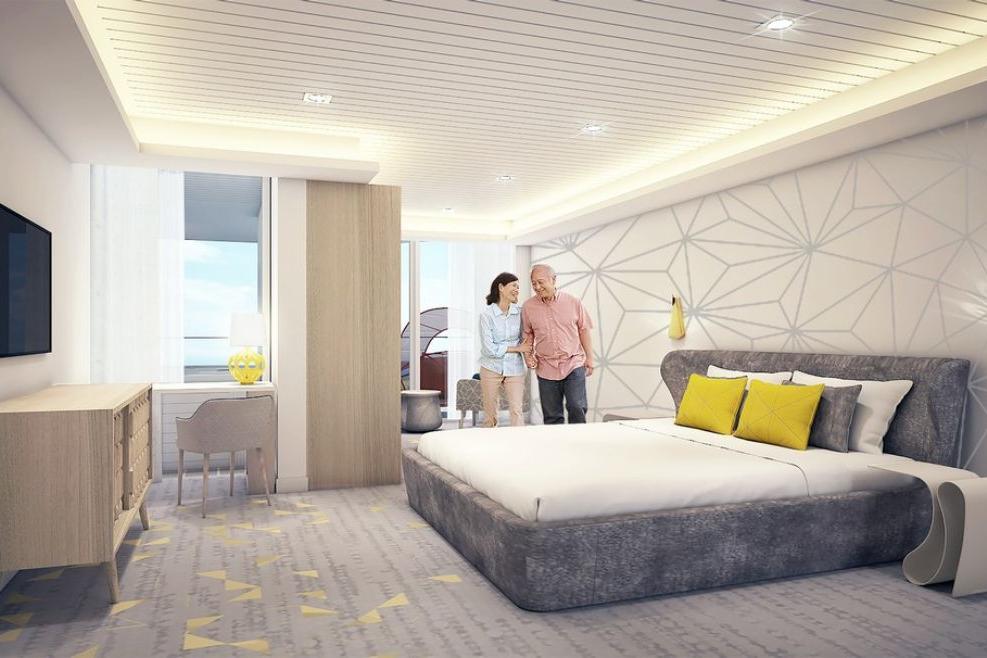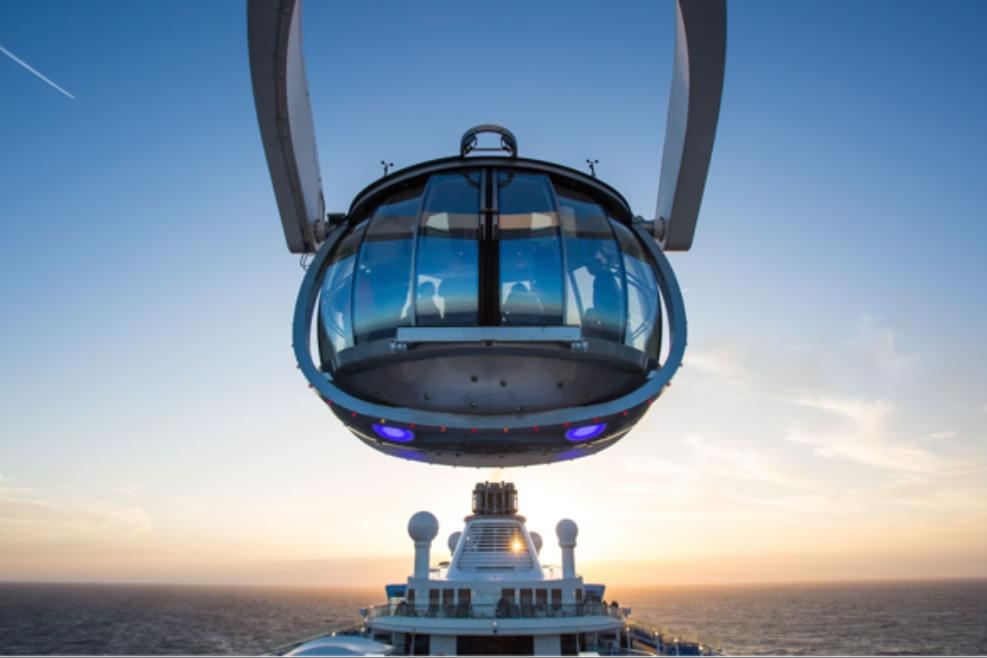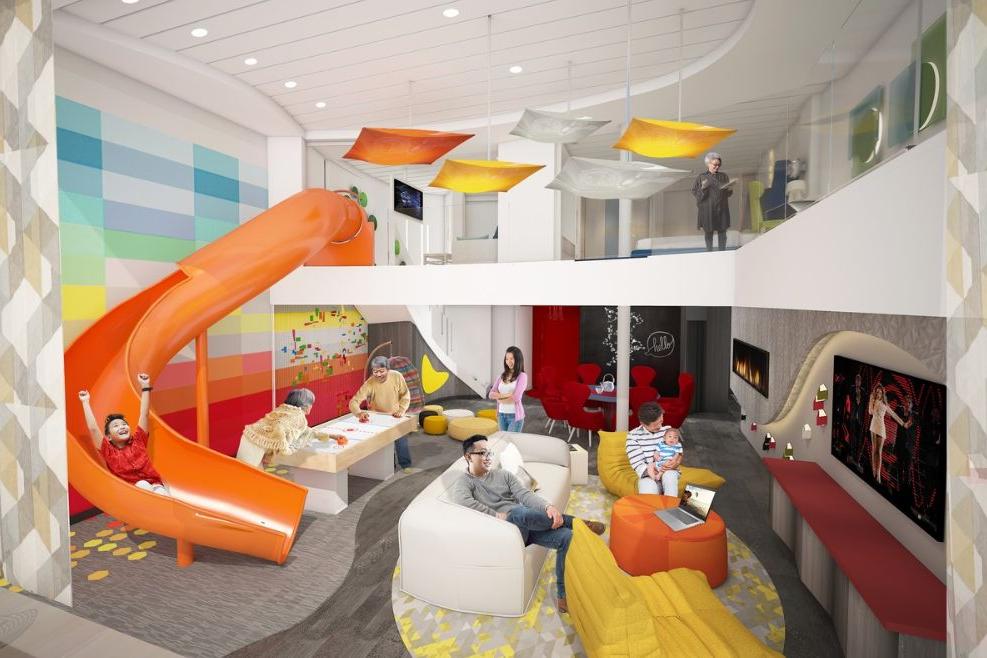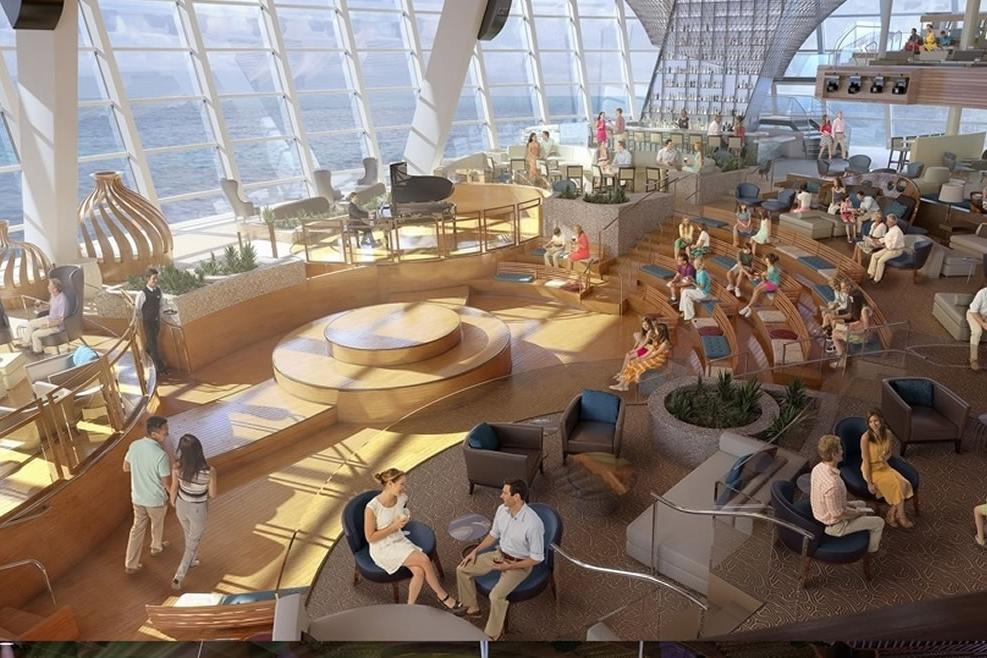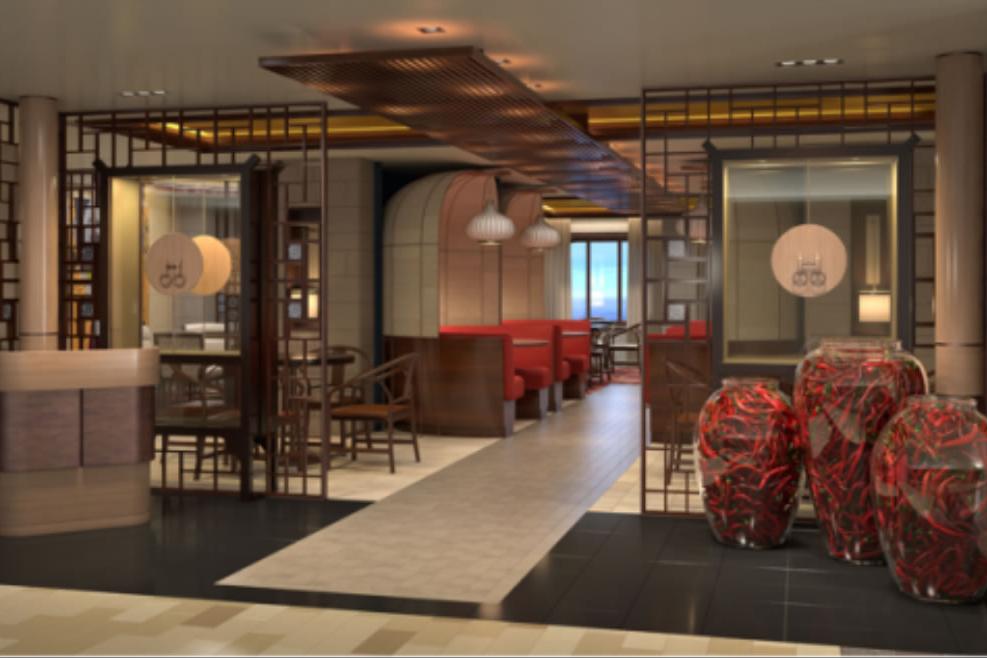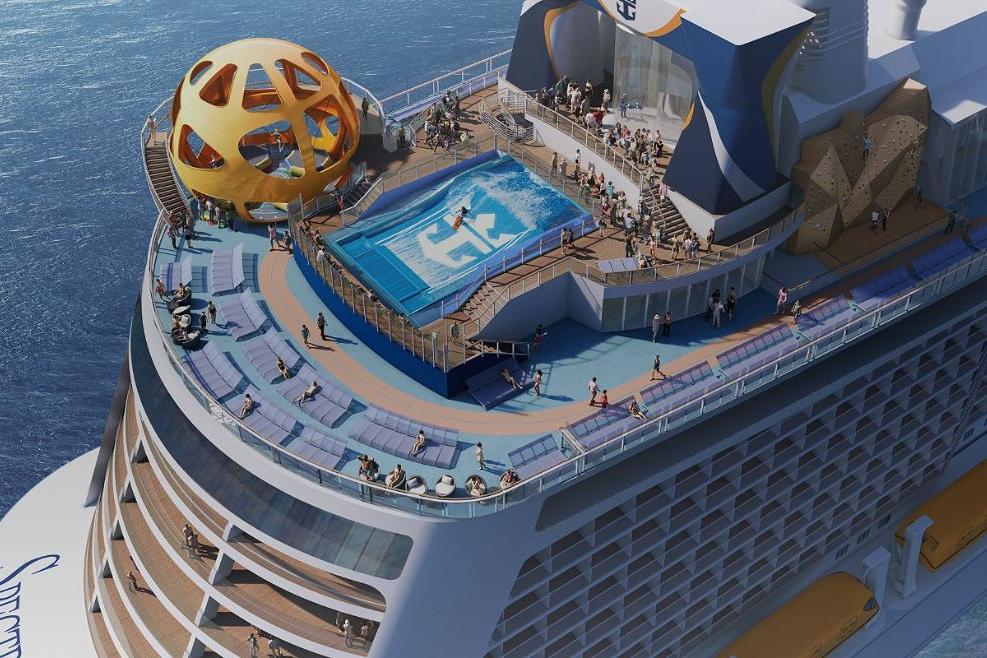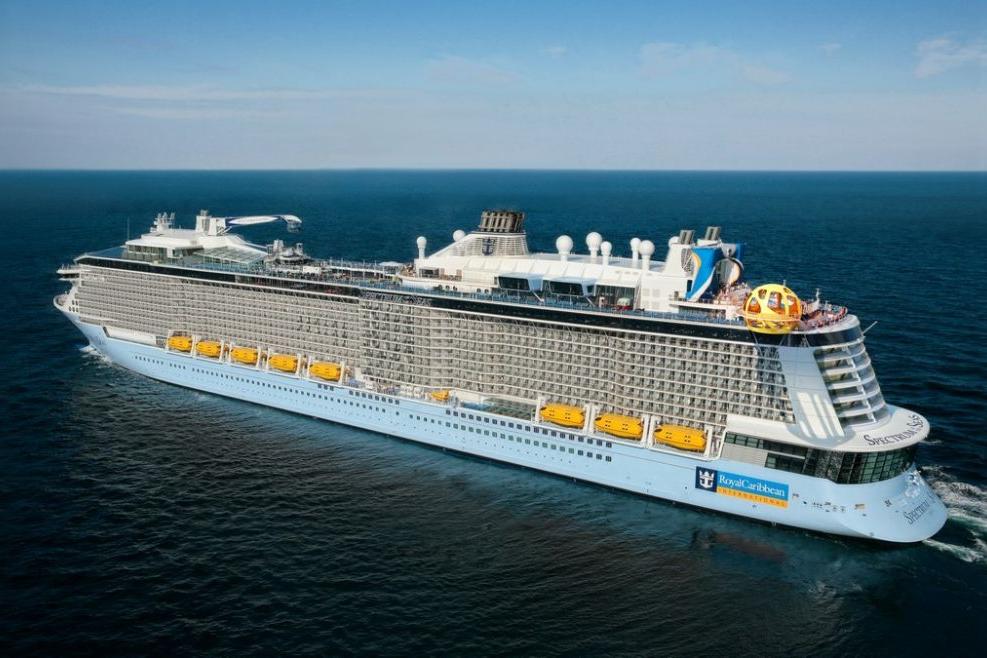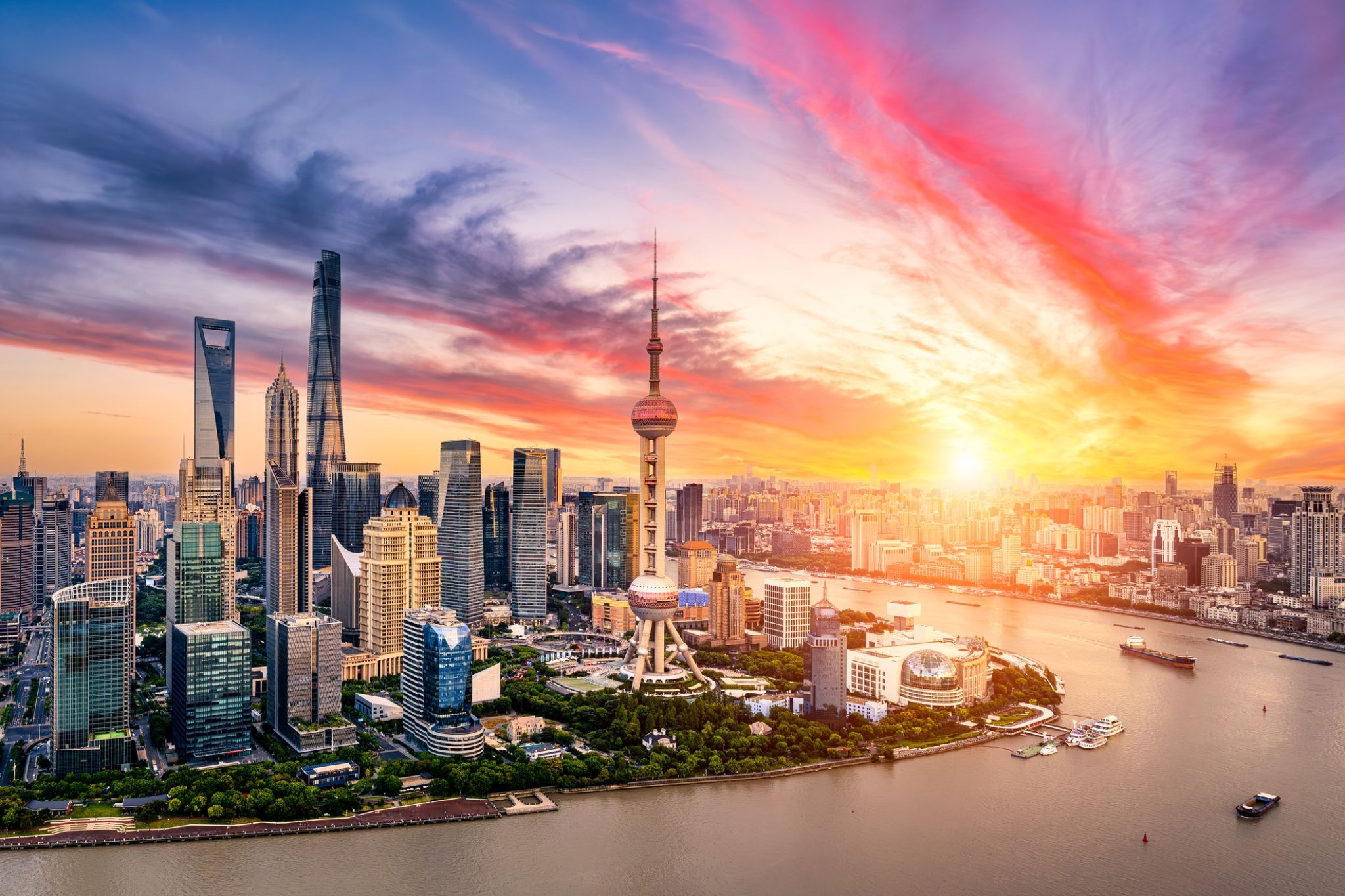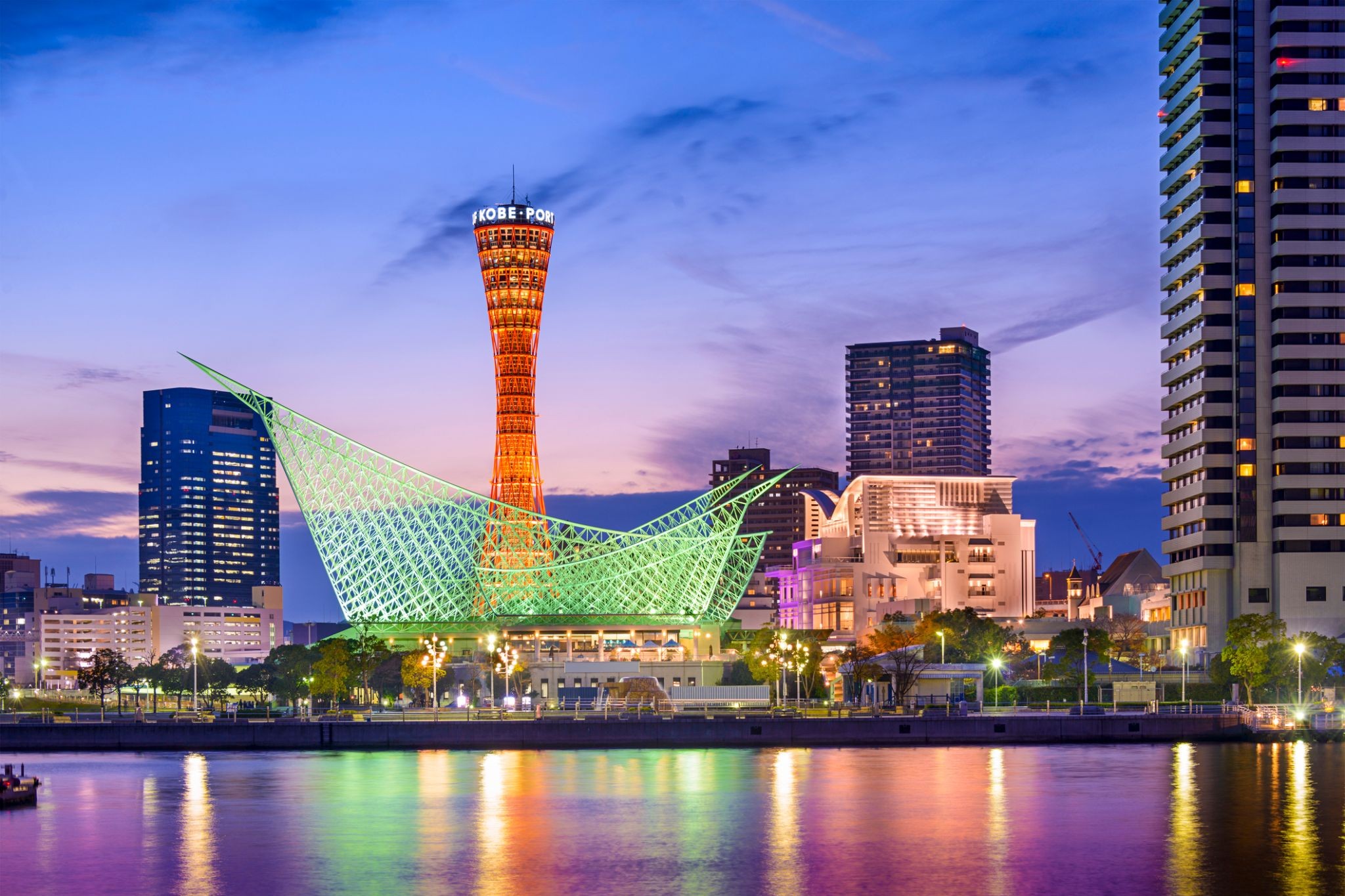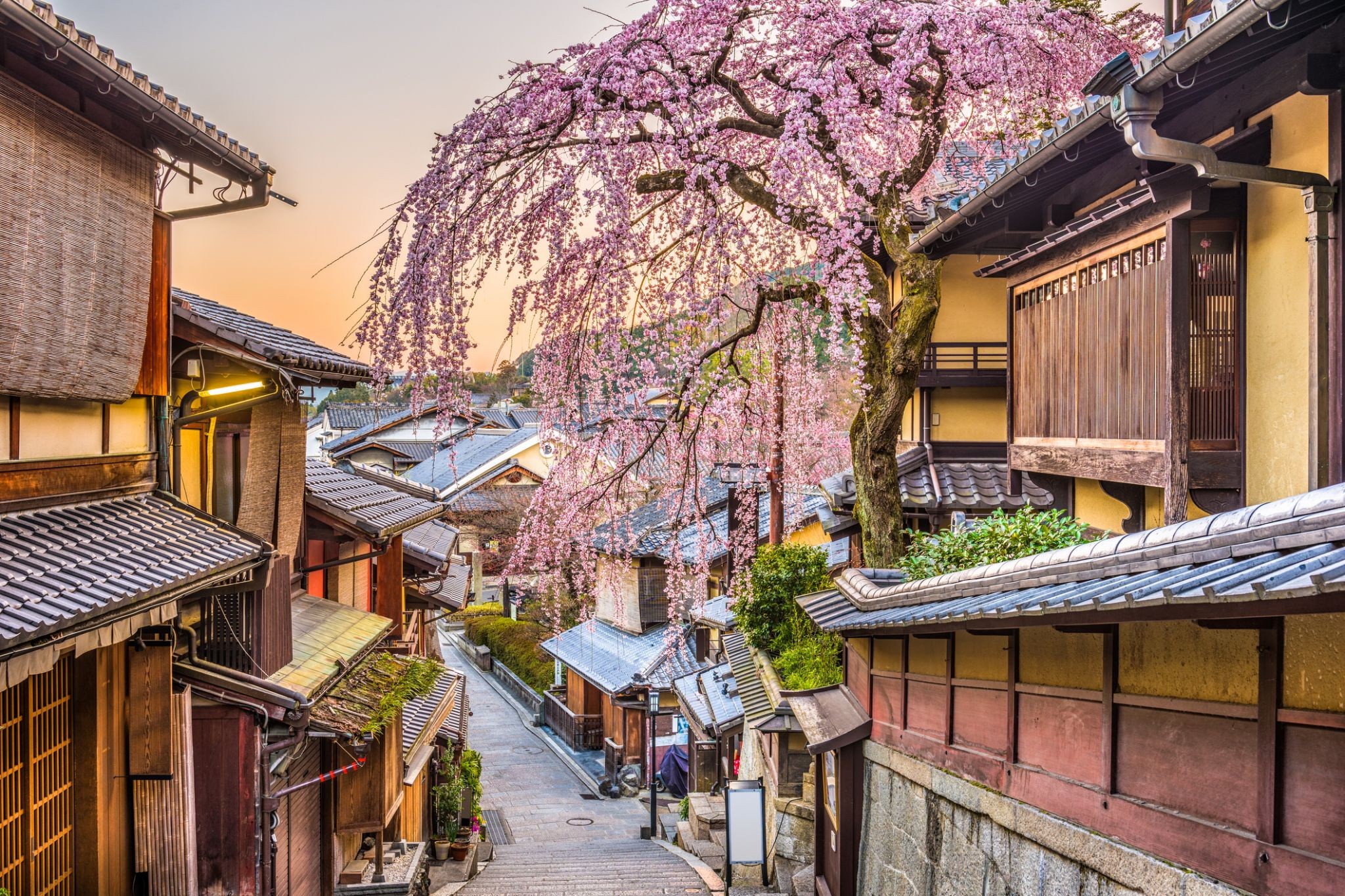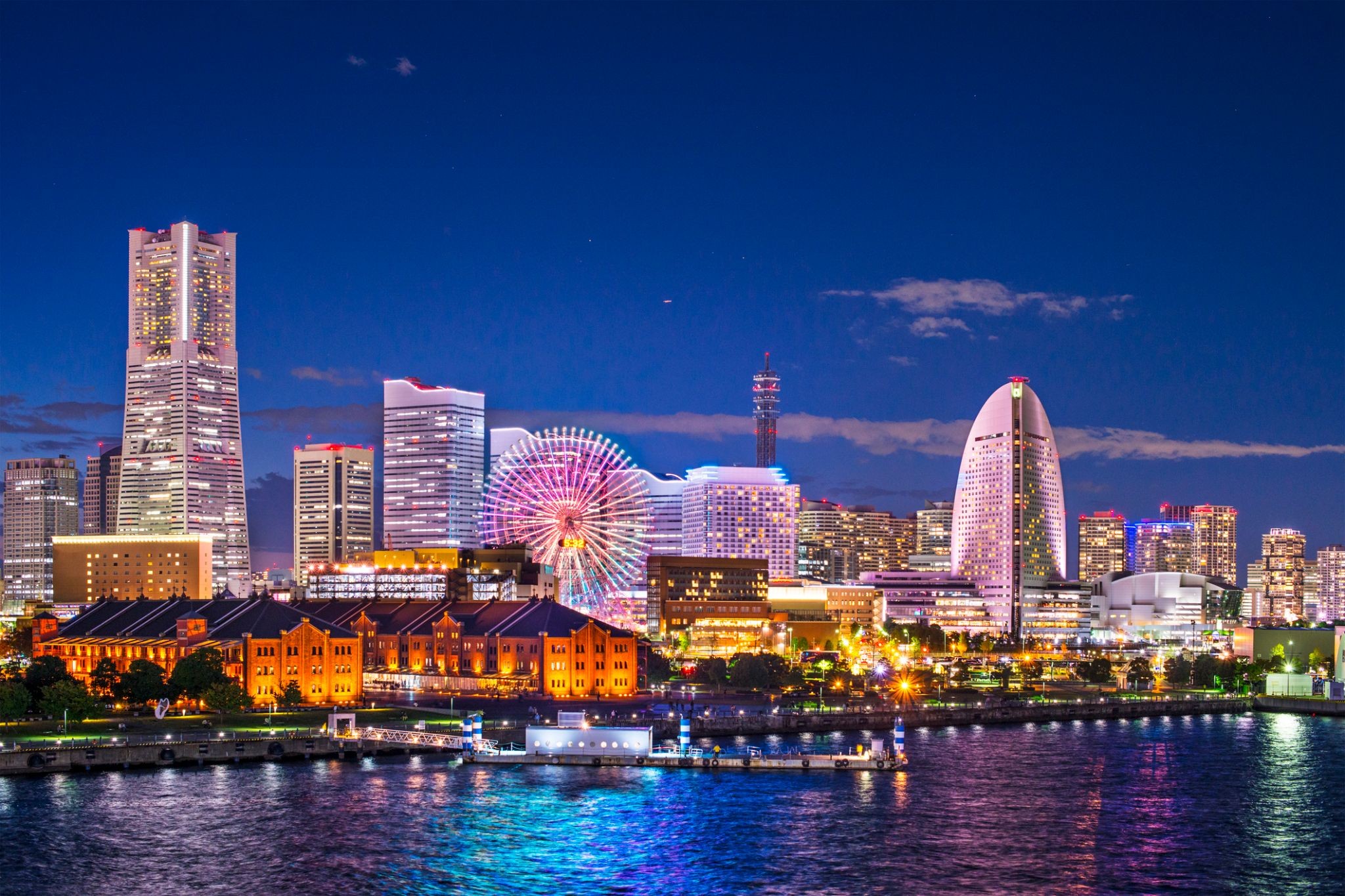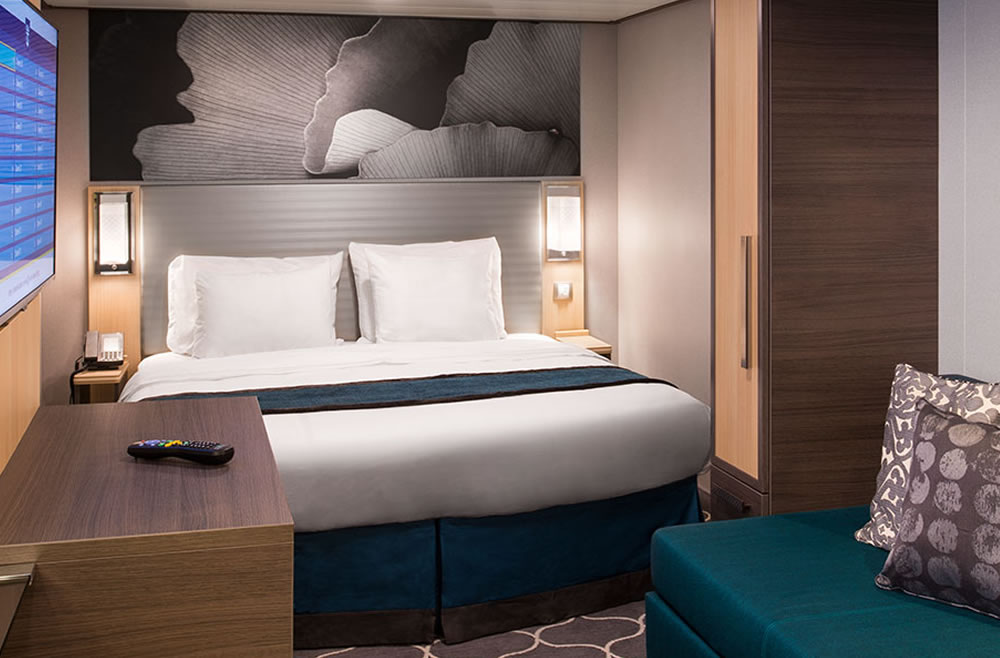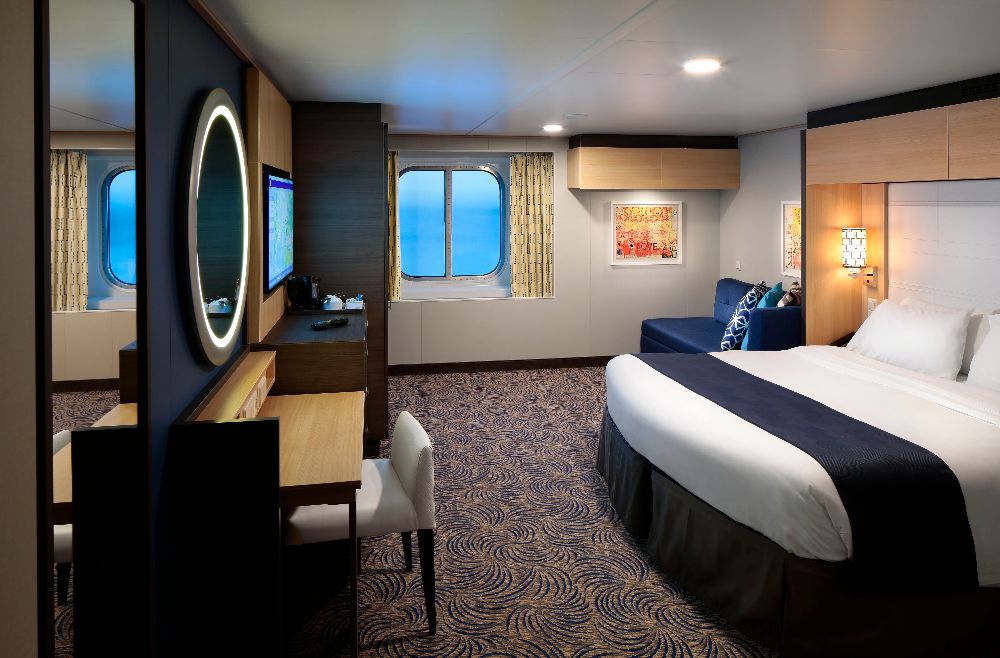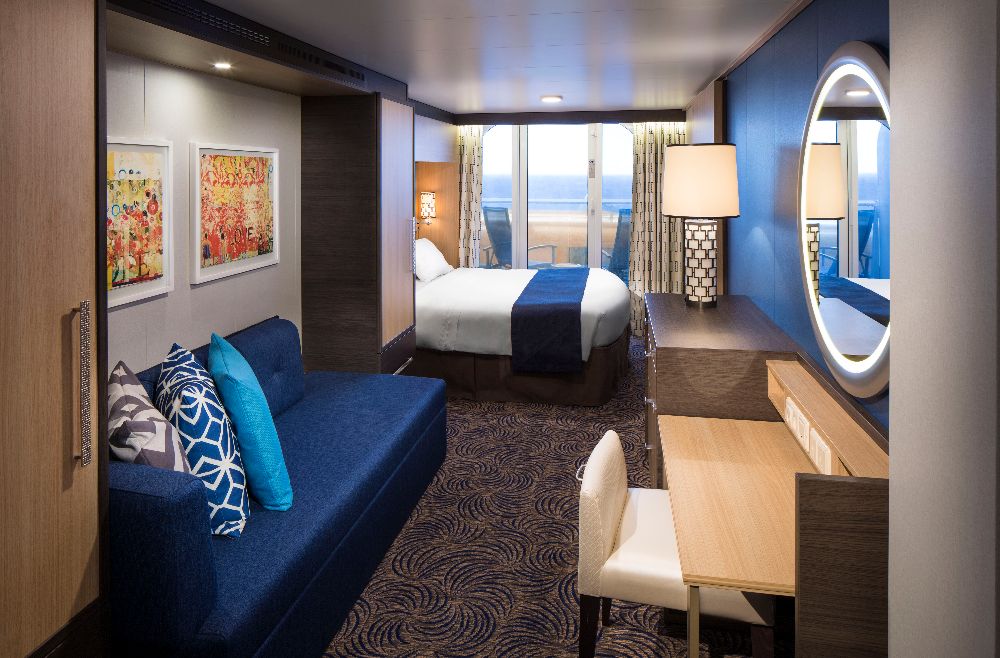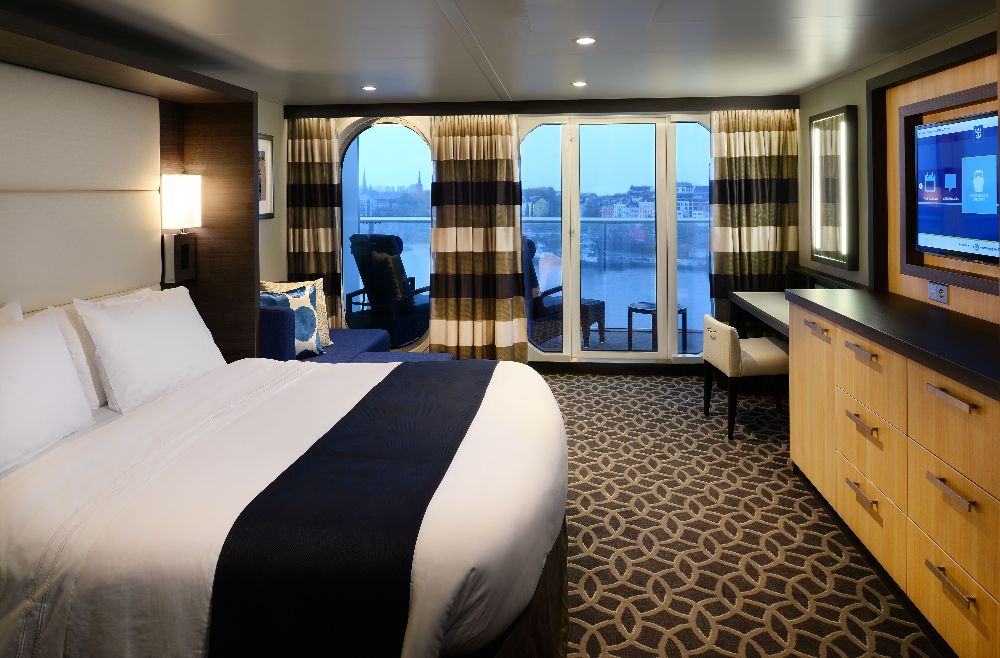
Rejs 30 885 232
7 nocy z Szanghaju
| Region rejsu : Azja |
| Firma : Royal Caribbean International |
| Statek : Spectrum of the Seas |
| Data rozpoczęcia : sob. 26 lip 2025 |
| Data zakończenia : sob. 02 sie 2025 |
| Liczba nocy : 7 nocy |
Harmonogram
| Dzień | Data | Port | Wypłynięcie | Odpłynięcie |
|---|---|---|---|---|
| 1 | 26.07 sob. | Szanghaj / Chiny | 16:30 | |
| 2 | 27.07 niedz. | Dzień na morzu / Morze | ||
| 3 | 28.07 pon. | Kobe / Japonia | 14:30 | |
| 4 | 29.07 wt. | Kobe / Japonia | 04:00 | |
| 5 | 30.07 śr. | Kioto / Japonia | 07:00 | 15:30 |
| 6 | 31.07 czw. | Yokohama (Tokio) / Japonia | 13:30 | 23:00 |
| 7 | 1.08 pt. | Dzień na morzu / Morze | ||
| 8 | 2.08 sob. | Dzień na morzu / Morze | ||
| 9 | 3.08 niedz. | Szanghaj / Chiny | 06:30 |
- Zakwaterowanie w wybranej kategorii kajuty.
- Wyżywienie w systemie “All Inclusive” (z wyjątkiem alternatywnych restauracji).
- Bezpłatne napoje: woda, herbata, kawa w punktach samoobsługowych na statku.
- Program kulturalny na pokładzie: wieczorne przedstawienia, teatr, muzyka na żywo i inne atrakcje.
- Dostęp do klubów nocnych i dyskotek.
- Aktywne rozrywki na pokładzie.
- Możliwość korzystania z biblioteki.
- Dla dzieci organizowane są zajęcia w klubach dla dzieci.
- Dostęp do basenów i jacuzzi.
- Siłownia i kort sportowy.
- Usługi stewarda i codzienne sprzątanie kajuty.
- Opłaty portowe i podatki.
Royal Caribbean International dba o swoich pasażerów, zapewniając im komfort i różnorodność atrakcji na pokładzie.
- Lot samolotem.
- Transfery.
- Wizy na trasie.
- Hotel przed i po rejsie
- Napiwki dla personelu*.
- Restauracje alternatywne.
- Napoje alkoholowe i niektóre napoje bezalkoholowe.
- Dostęp do internetu i telefon na pokładzie.
- Kasyno na pokładzie.
- Usługi pralni / chemicznej.
- Salon urody i centrum SPA.
- Wycieczki w portach (opcjonalnie).
*Rozmiar napiwków zależy od wybranej kategorii kajuty:
- Wewnętrzna kajuta / okno / balkon / Junior Suite: 18,00 USD na osobę za noc.
- Suite (z wyjątkiem Junior Suite): 20,50 USD na osobę za noc.
Depending on the cruise date, a payment is required to confirm the cabin. After the prepayment is made, the manager confirms the application in the cruise system and notifies you by e-mail.
Cruise Duration Deposit (prepayment)
1-5 nights $100/person
6-9 nights $250/person
10 and more nights $450/person
Full payment
60 days before the cruise
Full payment (cruises from December 24-31)
90 days before the cruise
Standard Penalties for Royal Caribbean Intl. Cruises
Cancelation Period Cancellation Policy
1-5 Nights 6 Nights or More
90-61 Days Prior to Arrival $35/person $70/person
60-46 Days Prior to Arrival In the Amount of Deposit
45-31 Days Prior to Arrival 25% of the Full Cruise Cost, but no less than the Deposit
30-15 Days Prior to Arrival 50% of the Full Cruise Cost, but no less than the Deposit
14 Days Prior to Arrival/No-Show for Boarding 100% of the Cruise Cost
Penalties for Royal Caribbean Intl. New Year's Cruises (December 24-31)
Period in which the cancellation took place Cancellation conditions
1-5 nights 6 or more nights
90-61 days before arrival In the amount of the deposit
60-46 days before arrival 25% of the full cost of the cruise, but not less than the deposit amount
50% of the full cost of the cruise, but not less than the deposit amount
45-31 days before arrival 50% of the full cost of the cruise, but not less than the deposit amount
30-15 days before arrival 75% of the full cost of the cruise, but not less than the deposit amount
14 days before arrival/no show for boarding 100% of the cost of the cruise
-
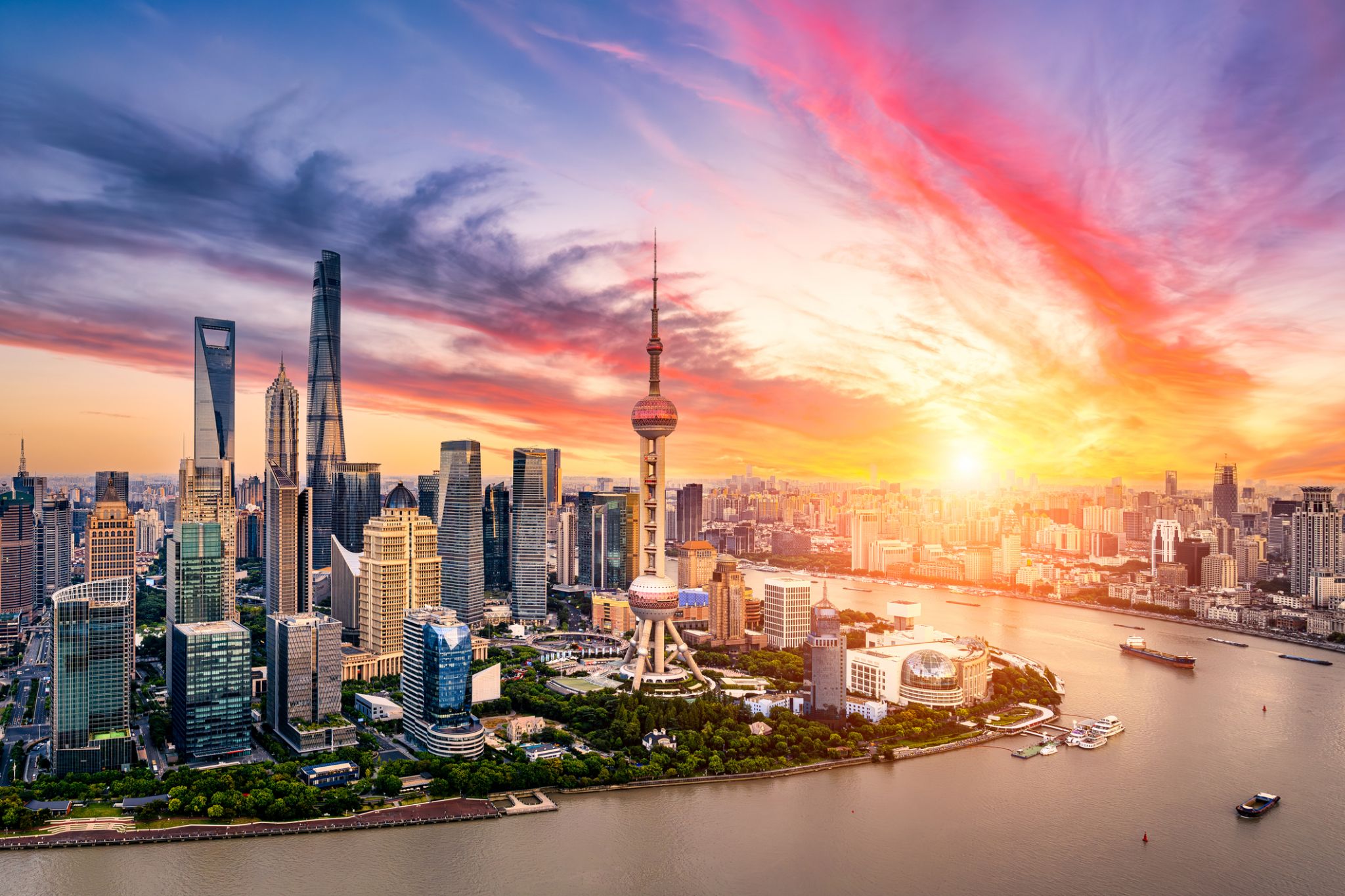 Dzień 1: 00:00-16:30
Dzień 1: 00:00-16:30Szanghaj / Chiny
Shanghai is one of the four municipalities under the direct administration of the central government of the Republic of China, the largest city in China by population, and the second most populous city proper in the world, with a population of 24.18 million as of 2017. It is a global financial centre and transport hub, with the world's busiest container port. Located in the Yangtze River Delta, it sits on the south edge of the estuary of the Yangtze in the middle portion of the East Chinacoast. The municipality borders the provinces of Jiangsu and Zhejiang to the north, south and west, and is bounded to the east by the East China Sea.
As a major administrative, shipping and trading city, Shanghai grew in importance in the 19th century due to trade and recognition of its favourable port location and economic potential. The city was one of five treaty ports forced open to foreign trade following the British victory over China in the First Opium War. The subsequent 1842 Treaty of Nankingand 1844 Treaty of Whampoa allowed the establishment of the Shanghai International Settlement and the French Concession. The city then flourished as a centre of commerce between China and other parts of the world (predominantly the Occident), and became the primary financial hub of the Asia-Pacific region in the 1930s. However, with the Communist Party takeover of the mainland in 1949, trade was limited to other socialist countries, and the city's global influence declined. In the 1990s, the economic reforms introduced by Deng Xiaoping resulted in an intense re-development of the city, aiding the return of finance and foreign investment to the city. It has since re-emerged as a hub for international trade and finance; it is the home of the Shanghai Stock Exchange, one of the world's largest by market capitalization.
Shanghai has been described as the "showpiece" of the booming economy of mainland China; renowned for its Lujiazui skyline, and museums and historic buildings, such as those along The Bund, as well as the City God Templeand the Yu Garden.
-
 Dzień 2:
Dzień 2:Dzień na morzu / Morze
-
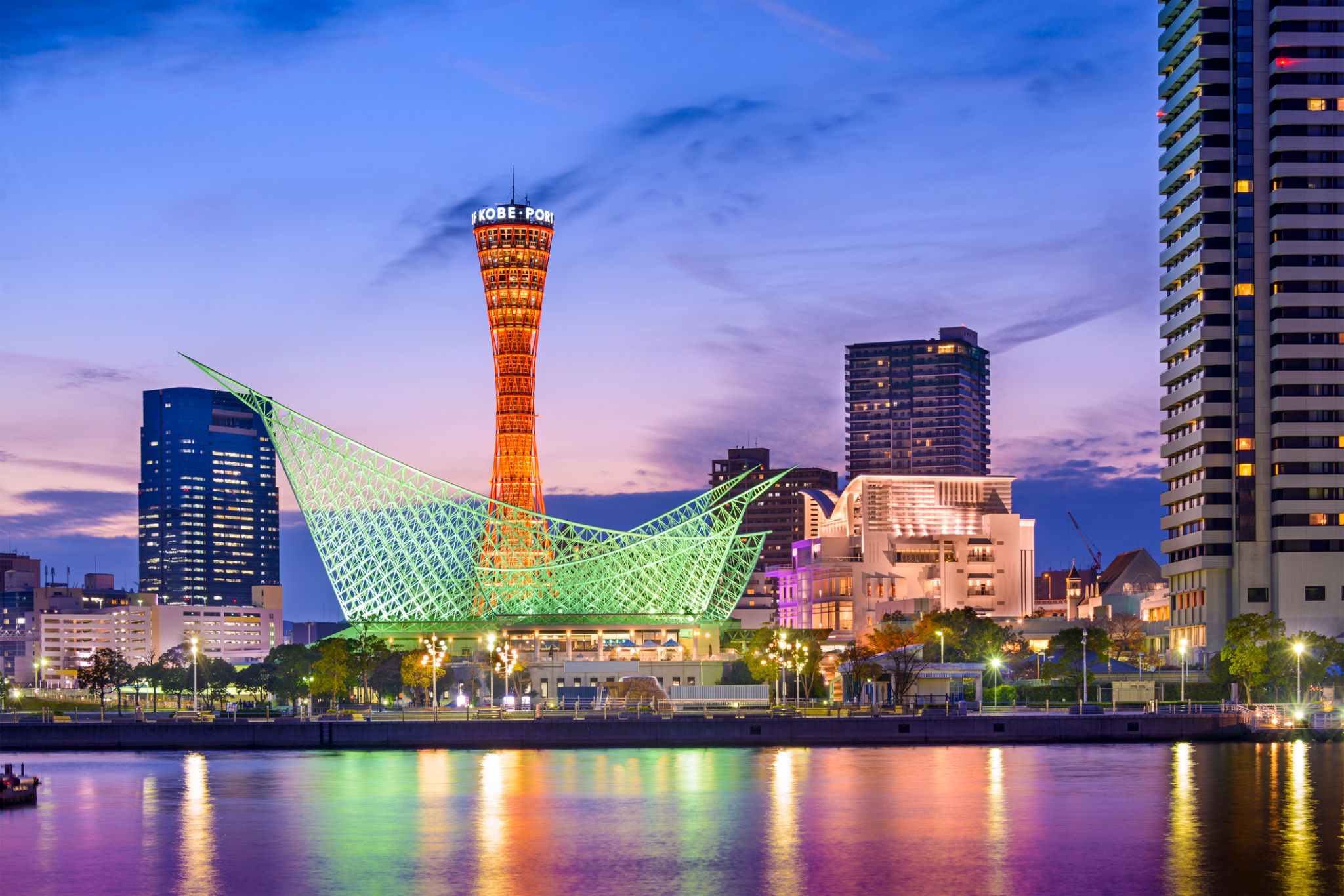 Dzień 3: 14:30-00:00
Dzień 3: 14:30-00:00Kobe / Japonia
-
 Dzień 4: 00:00-04:00
Dzień 4: 00:00-04:00Kobe / Japonia
-
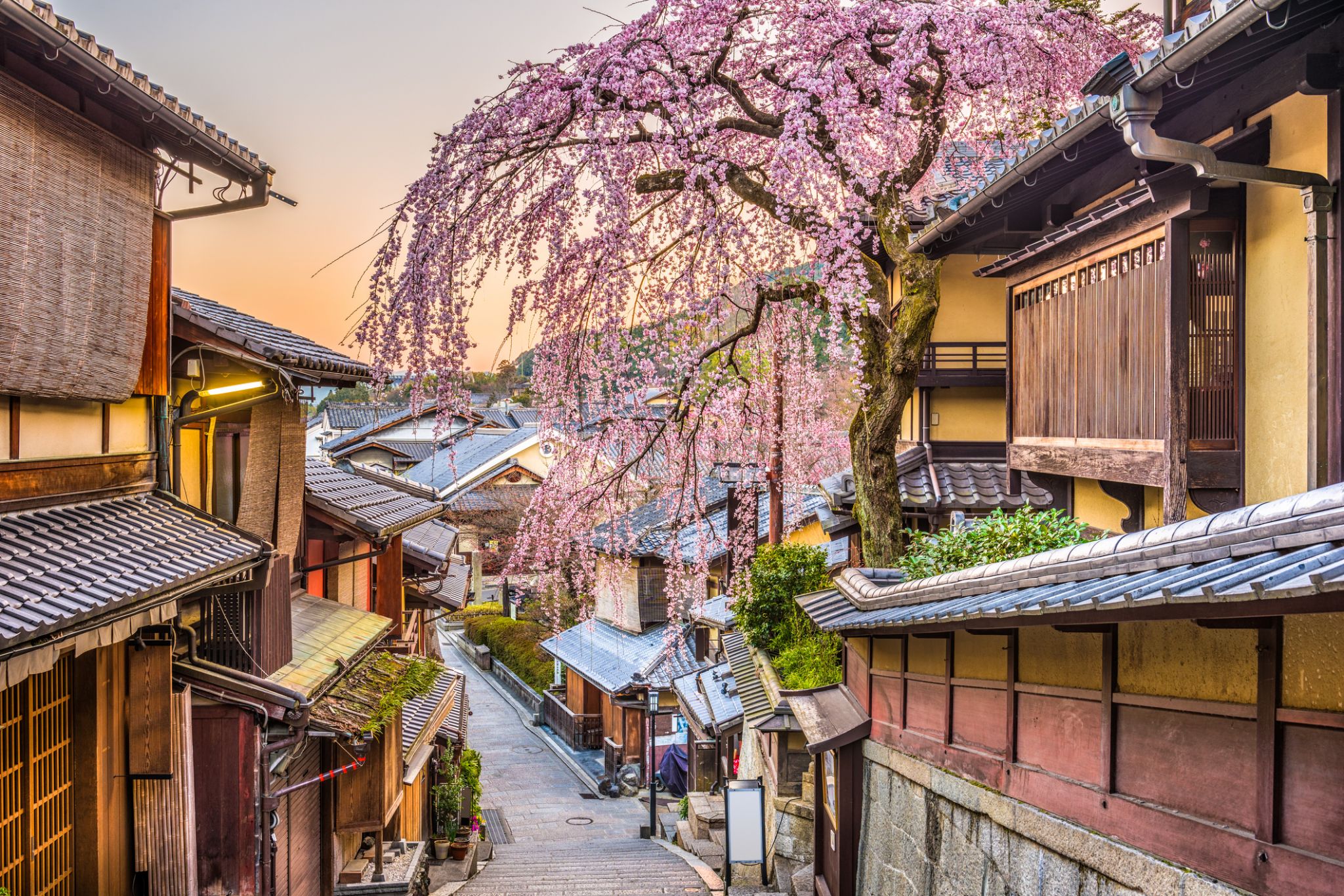 Dzień 5: 07:00-15:30
Dzień 5: 07:00-15:30Kioto / Japonia
Kyoto, officially Kyoto City, is the capital city of Kyoto Prefecture, located in the Kansai region of Japan. It is best known in Japanese history for being the former Imperial capital of Japan for more than one thousand years, as well as a major part of the Kyoto-Osaka-Kobe metropolitan area.
-
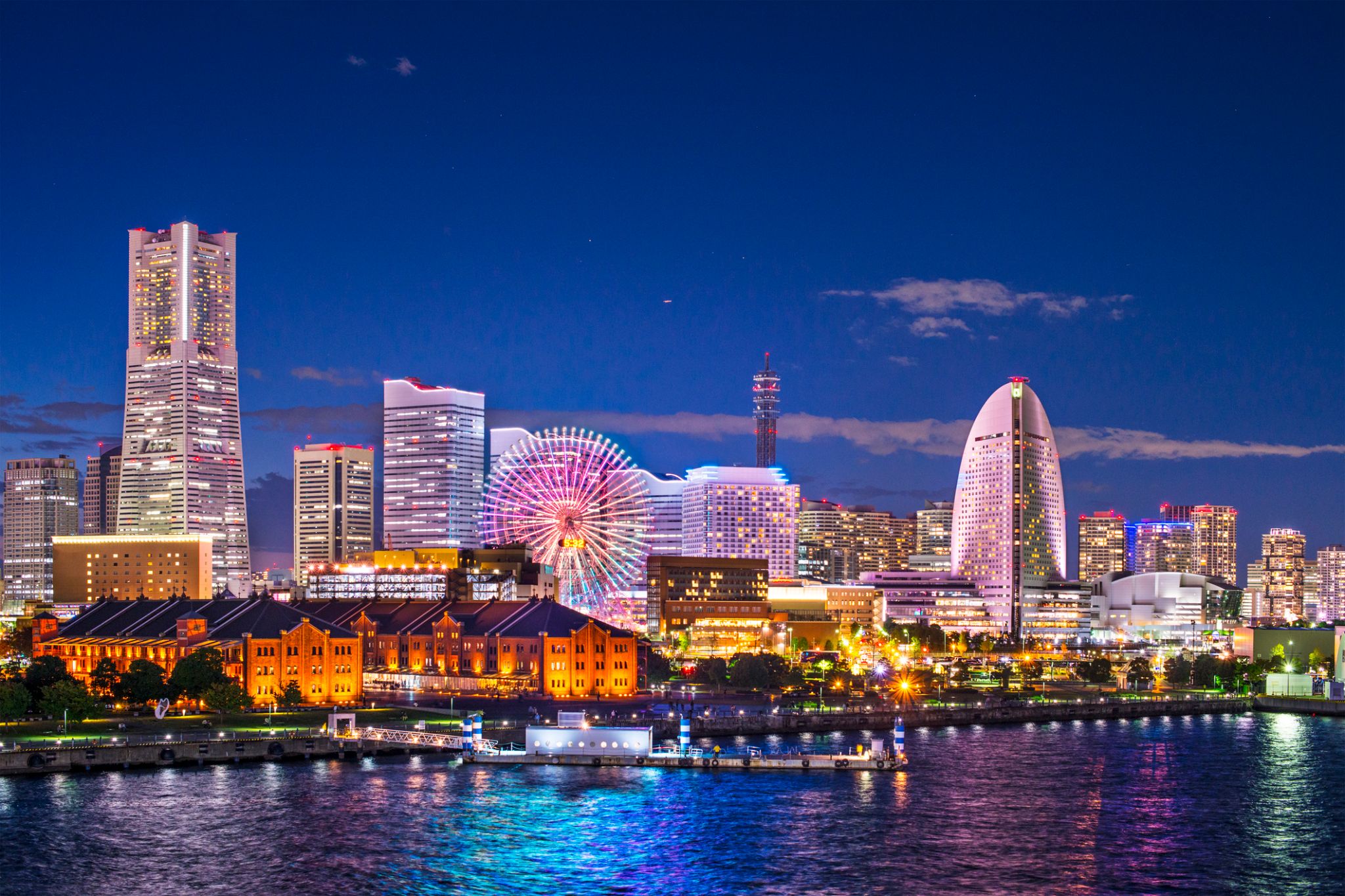 Dzień 6: 13:30-23:00
Dzień 6: 13:30-23:00Yokohama (Tokio) / Japonia
Tokyo, officially Tokyo Metropolis, one of the 47 prefectures of Japan, has served as the Japanese capital since 1869. As of 2014, the Greater Tokyo Arearanked as the most populous metropolitan area in the world. The urban area houses the seat of the Emperor of Japan, of the Japanese government and of the National Diet. Tokyo forms part of the Kantō region on the southeastern side of Japan's main island, Honshu, and includes the Izu Islands and Ogasawara Islands. Tokyo was formerly named Edo when Shōgun Tokugawa Ieyasu made the city his headquarters in 1603. It became the capital after Emperor Meiji moved his seat to the city from Kyoto in 1868; at that time Edo was renamed Tokyo. Tokyo Metropolis formed in 1943 from the merger of the former Tokyo Prefecture and the city of Tokyo. Tokyo is often referred to as a city but is officially known and governed as a "metropolitan prefecture", which differs from and combines elements of a city and a prefecture, a characteristic unique to Tokyo.
The 23 Special Wards of Tokyo were formerly Tokyo City. On July 1, 1943, it merged with Tokyo Prefecture and became Tokyo Metropolis with an additional 26 municipalities in the western part of the prefecture, and the Izu islandsand Ogasawara islands south of Tokyo. The population of the special wards is over 9 million people, with the total population of Tokyo Metropolis exceeding 13.8 million. The prefecture is part of the world's most populous metropolitan area called the Greater Tokyo Area with over 38 million people and the world's largest urban agglomeration economy. As of 2011, Tokyo hosted 51 of the Fortune Global 500 companies, the highest number of any city in the world at that time. Tokyo ranked third (twice) in the International Financial Centres Development Index. The city is home to various television networks such as Fuji TV, Tokyo MX, TV Tokyo, TV Asahi, Nippon Television, NHK and the Tokyo Broadcasting System.
-
 Dzień 7:
Dzień 7:Dzień na morzu / Morze
-
 Dzień 8:
Dzień 8:Dzień na morzu / Morze
-
 Dzień 9: 06:30-00:00
Dzień 9: 06:30-00:00Szanghaj / Chiny
Shanghai is one of the four municipalities under the direct administration of the central government of the Republic of China, the largest city in China by population, and the second most populous city proper in the world, with a population of 24.18 million as of 2017. It is a global financial centre and transport hub, with the world's busiest container port. Located in the Yangtze River Delta, it sits on the south edge of the estuary of the Yangtze in the middle portion of the East Chinacoast. The municipality borders the provinces of Jiangsu and Zhejiang to the north, south and west, and is bounded to the east by the East China Sea.
As a major administrative, shipping and trading city, Shanghai grew in importance in the 19th century due to trade and recognition of its favourable port location and economic potential. The city was one of five treaty ports forced open to foreign trade following the British victory over China in the First Opium War. The subsequent 1842 Treaty of Nankingand 1844 Treaty of Whampoa allowed the establishment of the Shanghai International Settlement and the French Concession. The city then flourished as a centre of commerce between China and other parts of the world (predominantly the Occident), and became the primary financial hub of the Asia-Pacific region in the 1930s. However, with the Communist Party takeover of the mainland in 1949, trade was limited to other socialist countries, and the city's global influence declined. In the 1990s, the economic reforms introduced by Deng Xiaoping resulted in an intense re-development of the city, aiding the return of finance and foreign investment to the city. It has since re-emerged as a hub for international trade and finance; it is the home of the Shanghai Stock Exchange, one of the world's largest by market capitalization.
Shanghai has been described as the "showpiece" of the booming economy of mainland China; renowned for its Lujiazui skyline, and museums and historic buildings, such as those along The Bund, as well as the City God Templeand the Yu Garden.
